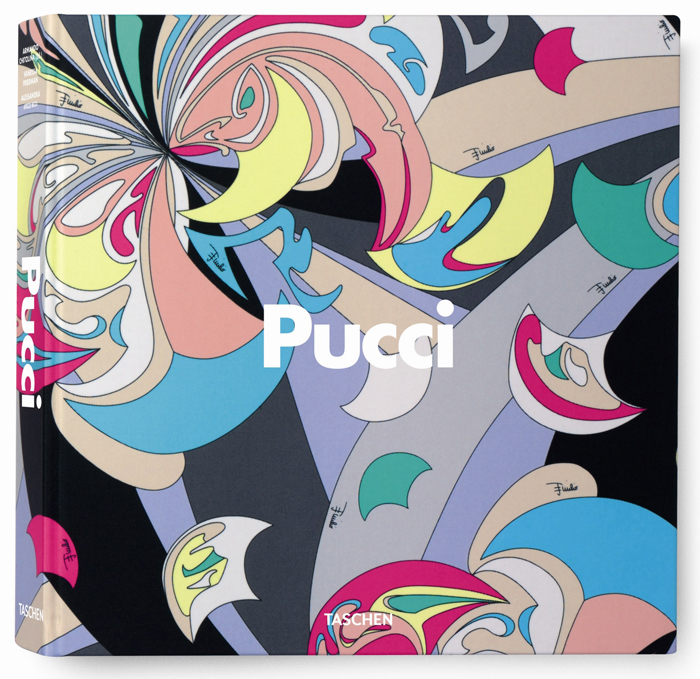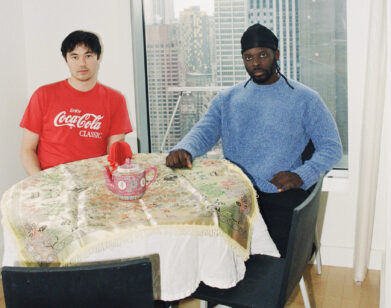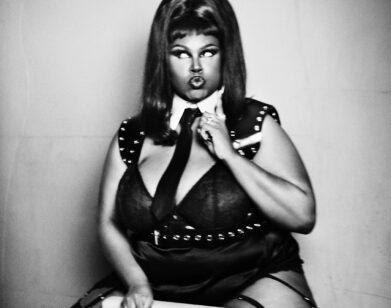Prints on Print: Pucci for Taschen

In fashion, recognizability is the name of the game, whether it’s in trademarks and monograms or coded non-branding. But few houses can boast that their name is conjured when, walking down the street, you spot a psychedelic silk twill tunic in the fogalie motif. Now known as an icon of color, prints and patterns, Emilio Pucci’s vision and eponymous label (designed by daughter Laudomia after his death) has spanned over 60 years of uncompromising elegance, femininity and daring chic.
Taschen’s Pucci takes a look back at the journey from the Isle of Capri to the closets of the world’s most influential women in fashion in a limited edition book. The monograph comes in style: each one is bound in vintage Pucci fabric and fills 400 pages with sketches, panels, campaigns, and covers from the Pucci archive, alongside conversations with the people who knew him best.
In the foreword, Laudomia Pucci explains matter-of-factly her father’s innovations: “He was a minimalist before minimalism, a jet-setter before jets were flying… provocative in his modernity and sartorial daring.” After starting out designing swimwear and scarves, Pucci moved on to blouses then easy dresses and eventually became synonymous with a sort of wanderlust; creating the jersey slip dress you could put in your bag and get on a plane with. The stories exude glamour, but stylist Polly Mellen conveys that, for him, “It was natural.” The society on the eternal vacation found comfort and class in the spectrum of body-con designs and satin mini dresses. His work paralleled the places they were from and the places they were going; it was quintessentially Italian.
Pucci makes a point to explore these inspirations. It is less the legacy and more the history of the brand, which the book shows and tells. In early drawings by the designer, there are clear references to Classical art and architecture. Dresses mirrored Florentine mosaics, scarves were named after islands of the Amalfi coast, and panels were drawn to mimic 18th-Century Giuseppe Zocchi prints as best one could in pink. Even early designs of two-tone velvet trousers and puffy-sleeved tops recall Renaissance masters. Pucci admittedly did not have a taste for modern art, however, and it took wife Cristina’s admiration of the pop art movement for him to take a closer look. According to Cristina Pucci, he finally said, “Okay, if you like it so much, I will do it, and do it better,” and from there the famous swirl prints were born (or so the story goes).
In sum, the portfolio highlights the joie de vivre of Pucci’s work, which made the name and what it represented a symbol of style. Laudomia Pucci indicates the lifestylemight just make you dance: “For him prints were rhythm and movement, and in prints he expressed a message of contagious happiness.”






